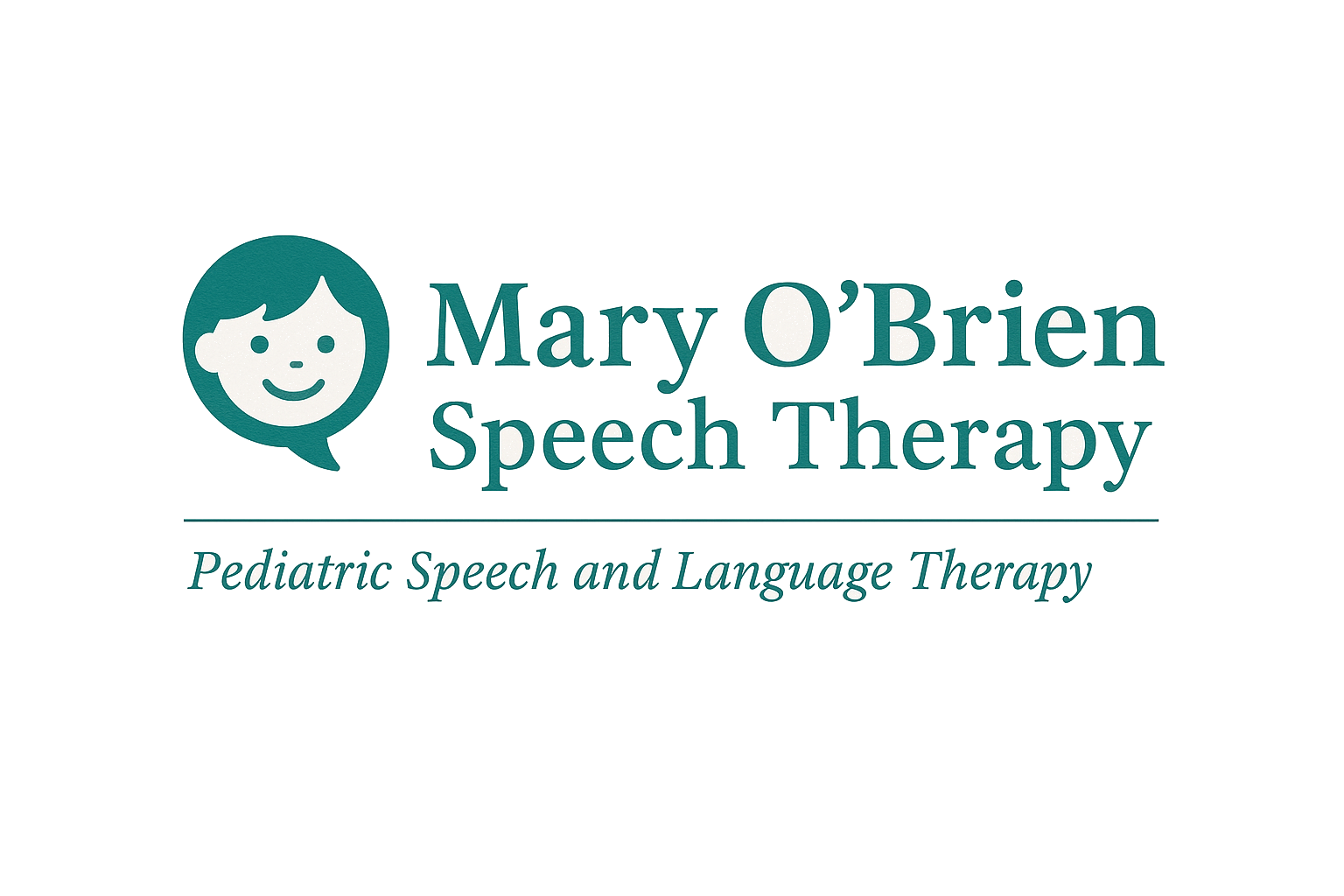Childhood Apraxia of Speech
Effective Speech and Communication Therapy for Children
Speech Therapy for Children with Apraxia
Helping overcome neurological challenges to speech.
We work passionately with you and your loved ones to improve verbal and non-verbal communication.
Childhood apraxia of speech (CAS) is a neurological disorder that occurs when a child's brain is unable to coordinate movement required to make sound or pronounce words. This disorder can occur after stroke, brain injury, tumor or other brain trauma.
Children with apraxia are often difficult to understand or will struggle to get the words out. The speech may be slurred or otherwise untelligible. Three signs that your child may have apraxia are:
-- Inconsistent errors on consonants and vowels in repeated productions of syllables or words (for example, a child says the same word differently each time he tries to produce it).
-- Difficulty producing longer, more complex words and phrases.
-- Inappropriate intonation and stress in word/phrase production (for example, difficulty with the timing, rhythm and flow of speech).
If your child is experiencing any of these difficulties or your physician suggests speech therapy, contact me today. I would love to help get your child on a program to help improve their speech today.


What is our approach to Childhood Apraxia of Speech? Read More Below.

CAS THERAPY
Individual Treatment Plans For Unique Client Needs.
Our approach involves the child, family, and the health care team.
We treat Childhood Apraxia of Speech (CAS) with motor-planning therapy, not just articulation drills. First comes a detailed motor-speech assessment—looking at syllable shapes, consistency across trials, coarticulation, prosody, and how cues (visual, tactile, rhythmic) change accuracy. Early targets are functional words and syllable shapes the child can use all day (e.g., CV, CVCV), chosen to build a small but reliable core vocabulary for communication.
Therapy is frequent and high-repetition, following Principles of Motor Learning. You’ll see approaches like DTTC (Dynamic Temporal and Tactile Cueing) and integral stimulation (“watch me, listen to me, say it with me”), sometimes PROMPT tactile prompts, ReST for prosody and transitions, or NDP3 hierarchies. Sessions manipulate practice conditions—starting with blocked, high feedback (knowledge of performance) and gradually moving toward random practice with reduced, delayed feedback (knowledge of results). Cues are systematically faded while the child practices many accurate productions per session, emphasizing smooth transitions between sounds and appropriate prosody (stress, rhythm).
Carryover is planned from day one. The SLP builds short home practice (brief, daily, correct reps), coordinates with caregivers and teachers for the same cues/words across settings, and introduces AAC (pictures or a device) as needed so the child can communicate effectively while speech motor skills develop. As accuracy stabilizes, goals expand to more complex syllable structures, longer words/phrases, and natural intonation. Progress is tracked session-to-session so targets and practice schedules can be adjusted quickly for steady gains.
Learn more about communication skills and disorders at the ASHA website.
REQUEST AN APPOINTMENT
Learn more about our effective speech and communication therapy for children
Fill out the form and we will contact you during our working hours.
